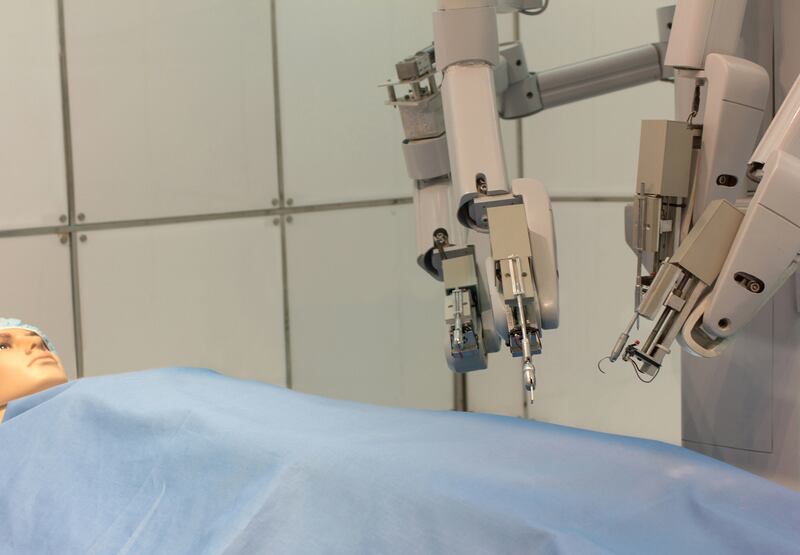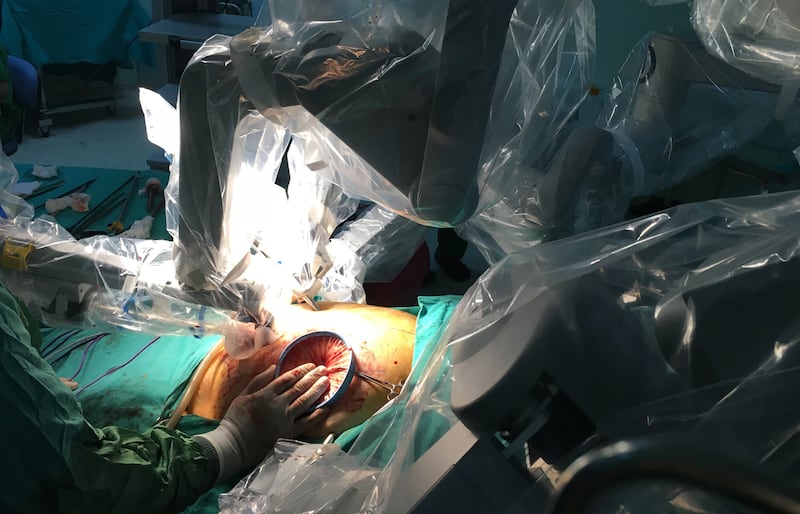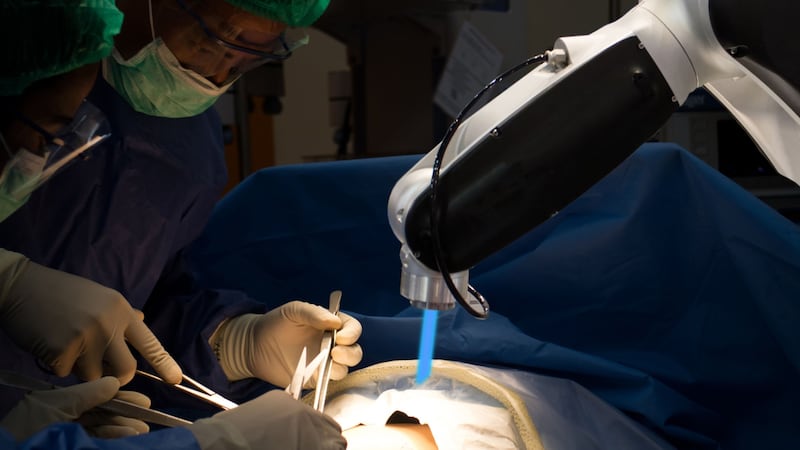Humans still have the upper hand when it comes to performing certain surgeries, according to a new study.
Robot-assisted surgery for kidney removal is associated with longer operating times and higher costs, research from Stanford University School of Medicine found.
Researchers looked at 24,000 patients with kidney cancer as part of their work, comparing robot-assisted laparoscopic surgery and conventional laparoscopic surgery.
Regardless of whether it is a human or a robot at the helm, it is a minimally invasive procedure in which surgical operations are done through small incisions and is known as keyhole surgery.

Benjamin Chung, associate professor of urology, said: “We found that, although there was no statistical difference in outcome or length of hospital stay, the robotic-assisted surgeries cost more and had a higher probability of prolonged operative time.”
The researchers speculated that the discrepancy may be due to the time needed for robotic operating room set-up or due to a surgeon being in the earlier part of his or her learning curve, resulting in a subsequent increase in operating room and instrumentation costs.
For the study, they looked at data from 416 US hospitals from 2003 to 2015, nearly 24,000 patients.
Almost 19,000 underwent a traditional key-hole procedure and about 5,000 underwent a robotic-assisted procedure.

In 46.3% of cases where a robot was used, surgery took more than four hours. In contrast, when no robot was used about 28.5% lasted more than four hours.
Using the robot also cost an extra $2,700 (£2,057) per patient, the researchers found.
Chung said that the stats for the robots could improve over time, as the study will have covered a period when the technology was very new, and people were still getting used to it.
The research is published in the Journal of the American Medical Association.








